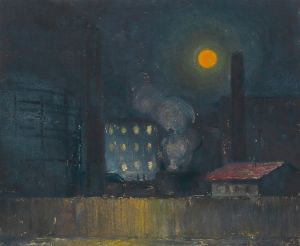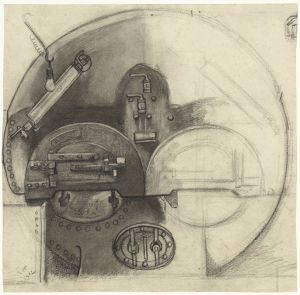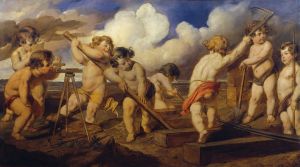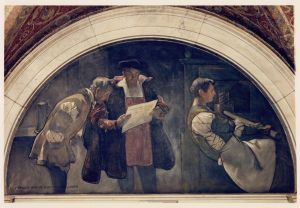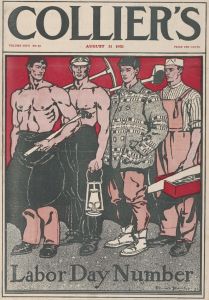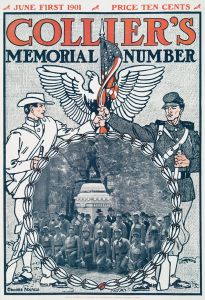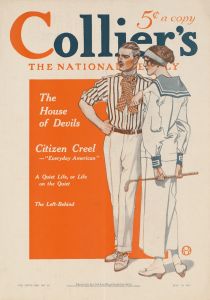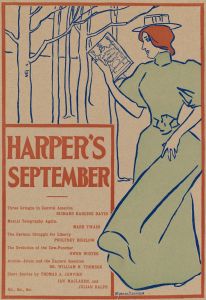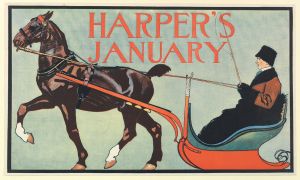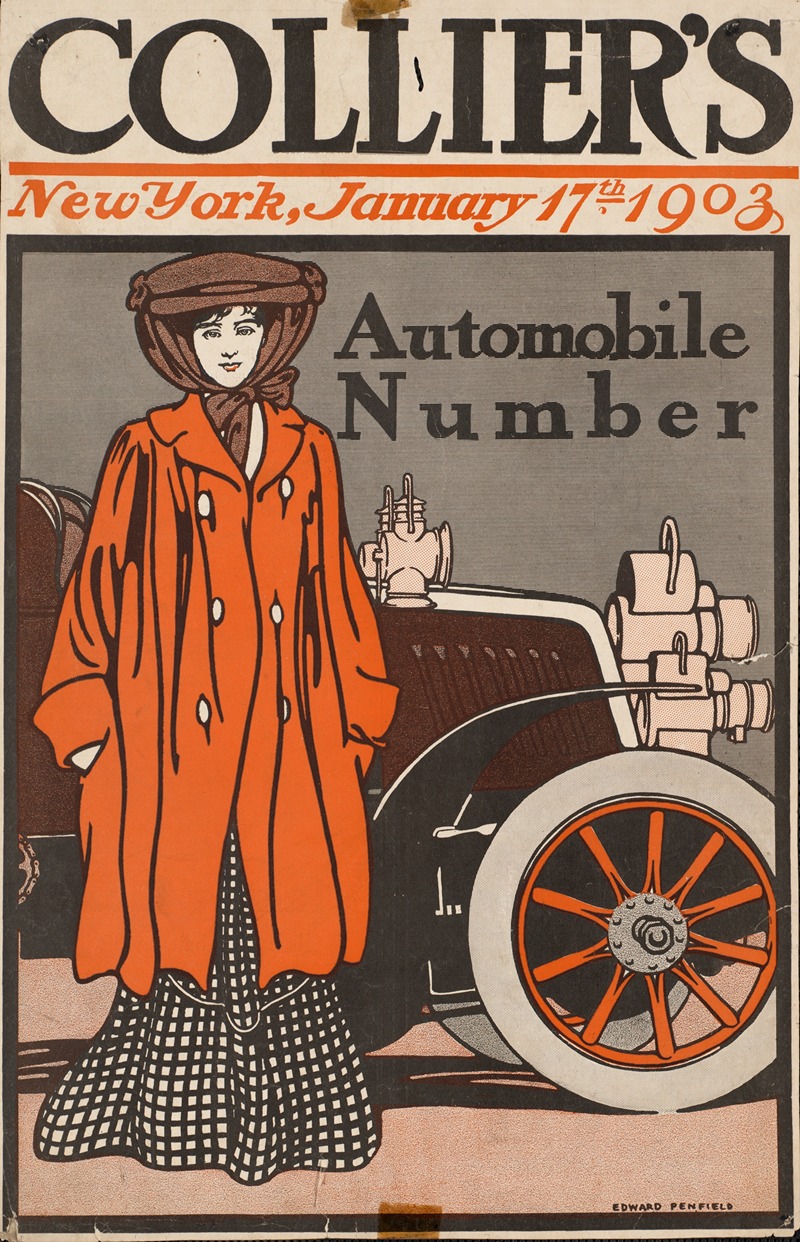
Collier’s automobile number
A hand-painted replica of Edward Penfield’s masterpiece Collier’s automobile number, meticulously crafted by professional artists to capture the true essence of the original. Each piece is created with museum-quality canvas and rare mineral pigments, carefully painted by experienced artists with delicate brushstrokes and rich, layered colors to perfectly recreate the texture of the original artwork. Unlike machine-printed reproductions, this hand-painted version brings the painting to life, infused with the artist’s emotions and skill in every stroke. Whether for personal collection or home decoration, it instantly elevates the artistic atmosphere of any space.
Edward Penfield was an influential American illustrator and poster artist, often recognized as one of the leading figures in the development of American graphic design in the late 19th and early 20th centuries. Among his notable works is "Collier’s Automobile Number," a piece that exemplifies his distinctive style and contribution to the world of illustration.
Edward Penfield was born in 1866 in Brooklyn, New York, and studied at the Art Students League of New York. He became widely known for his work with Harper's Magazine, where he served as the art director from 1891 to 1901. During his tenure, Penfield created a series of monthly posters that were instrumental in establishing the visual identity of the magazine. His work is characterized by its bold outlines, flat colors, and a keen sense of design, which were influenced by the Art Nouveau movement and Japanese prints.
"Collier’s Automobile Number" was created during a time when the automobile was becoming a significant cultural and technological phenomenon in the United States. The early 20th century saw a rapid increase in the production and popularity of automobiles, which were transforming American society and the landscape of cities and towns. Magazines like Collier's Weekly capitalized on this growing interest by dedicating special issues to automobiles, featuring articles, advertisements, and illustrations related to the burgeoning automotive industry.
Penfield's illustration for "Collier’s Automobile Number" reflects the excitement and novelty of the automobile era. His work often captured the spirit of the times, and this piece is no exception. The illustration likely features elements typical of Penfield's style, such as strong composition, clear lines, and an emphasis on the subject matter that would appeal to the magazine's readership. While specific details of the illustration are not provided here, Penfield's work generally conveyed a sense of modernity and progress, aligning with the themes of innovation and adventure associated with automobiles.
Penfield's contributions to graphic design and illustration were significant in shaping the visual culture of his time. His ability to blend artistic creativity with commercial appeal made his work highly sought after by publishers and advertisers. "Collier’s Automobile Number" is an example of how Penfield's illustrations not only adorned magazine covers but also played a role in communicating the cultural and technological shifts of the era.
Throughout his career, Edward Penfield continued to produce illustrations for various publications and advertising campaigns, leaving a lasting impact on the field of graphic design. His work remains a testament to the power of illustration in capturing and influencing the zeitgeist of an era. While specific details about "Collier’s Automobile Number" may be limited, Penfield's legacy as a pioneering illustrator and his contributions to the visual arts are well-documented and continue to be celebrated in the history of American art and design.






